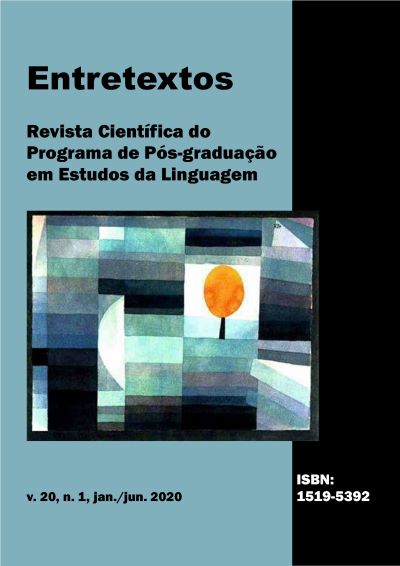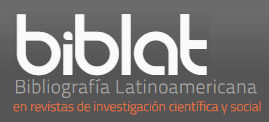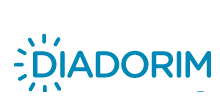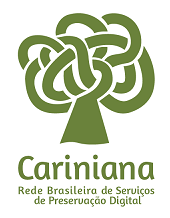Use of connective and in Lélia Gonzalez’s texts
DOI:
https://doi.org/10.5433/1519-5392.2020v20n1p165Keywords:
Connective and, Argumentative operator, Semantic Connector, Lélia Gonzalez.Abstract
From studies about textual linguistics, this article aims to analyse the function of the connective and in the argumentative process in Lélia Gonzalez’s writings, mainly, in the book Lugar de Negro (1982). As theoretical background for this article, we used Koch (1992, 2000, 2001, 2009), Marcuschi (2012) and Quirk & Greenbaum (1987). Starting a qualitative research of interpretative method, was sought to verify the moments which Gonzalez uses the connective and as argumentative operator and as discursive marker in your written. The analyses developed until now allowed us to observe that Gonzalez created a discourse to get readers, and one of the strategies was the writing production which has formal and oral-dialogues traces. Furthermore, in this textual process, the function of the connective and reflects meanings that exceed the simple additive value on the traditional grammars.
Downloads
References
BLÜHDORN, Hardarik; ANDRADE, Maria Lúcia da C. Victório de Oliveira. Tendências recentes da lingüística textual na Alemanha e no Brasil. Filologia e Linguística Portuguesa, São Paulo, n. 7, p. 13-48, 2005.
CAVALCANTE, Mônica Magalhães. Metadiscursividade, argumentação e referenciação. Estudos Linguísticos, São Paulo, v. 38, n. 3, p. 245-354, set.-dez. 2009. Disponível em: http://www.gel.hospedagemdesites.ws/estudoslinguisticos/volumes/38/EL_V38N3_27.pdf. Acesso em: 20 jan. 2020.
CAVALCANTE, Mônica Magalhães; CUSTÓDIO FILHO, Valdinar. Revisitando o estatuto do texto. Revista do GELNE, Piauí, v. 12, n. 2, p. 56-71, 2010. Disponível em: http://www.repositorio.ufc.br/bitstream/riufc/26452/1/2010_art_mmcavalcante.pdf. Acesso em: 20 jan. 2020.
CUNHA, Celso; CINTRA, Luís Filipe Lindley. Nova gramática do português contemporâneo. 2. ed. Rio de Janeiro: Nova Fronteira, 1985.
GONZALEZ, Lélia; HASENBALG, Carlos. Lugar de Negro. Rio de Janeiro: Marco Zero, 1982.
KOCH, Ingedore Grünfeld Villaça. Argumentação e linguagem. 12. ed. São Paulo: Cortez, 2009.
KOCH, Ingedore Grünfeld Villaça; TRAVAGLIA, Luiz Carlos. A coerência textual. 15. ed. São Paulo: Contexto, 2003.
KOCH, Ingedore Grünfeld Villaça. Lingüística textual: quo vadis? DELTA: Documentação de Estudos em Lingüística Teórica e Aplicada, Campinas, v. 17, p. 1-10, 2001.
KOCH, Ingedore Grünfeld Villaça. O texto e a construção dos sentidos. 4. ed. São Paulo: Contexto, 2000.
KOCH, Ingedore Grünfeld Villaça. A coesão textual. 5. ed. São Paulo: Contexto, 1992.
MICHAELIS Dicionário Online. Conjunção. 2018. Disponível em: <https://michaelis.uol.com.br/moderno-portugues/busca/portuguesbrasile
iro/conjun%C3%A7%C3%A3o/>. Acesso em: 29 jun. 2018.
MARCUSCHI, Luiz Antônio. Linguística de texto: o que é e como se faz? São Paulo: Parábola Editorial, 2012.
MARCUSCHI, Luiz Antônio. Compreensão textual como trabalho criativo. In: UNIVERSIDADE ESTADUAL PAULISTA. Prograd. Caderno de formação: formação de professores didática geral. São Paulo: Cultura Acadêmica, 2011, p. 89-103, v. 11. Disponível em: <http://acervodigital.unesp.br/bitstream/123456789/40358/3/01d17t07.pdf> Acesso em: 20 jan. 2020.
NEVES, Maria Helena de Moura. Texto e gramática. São Paulo: Contexto, 2006.
QUIRK, Randolph; GREENBAUM, Sidney. A university grammar of English. Londres: Longman, 1973.
Downloads
Published
How to Cite
Issue
Section
License
Entretextos adota a Licença Creative Commons Attribution 4.0 International, portanto, os direitos autorais relativos aos artigos publicados são do/s autor/es.
Sob essa licença é possível: Compartilhar - copiar e redistribuir o material em qualquer suporte ou formato. Adaptar - remixar, transformar, e criar a partir do material, atribuindo o devido crédito e prover um link para a licença e indicar se mudanças foram feitas.






















